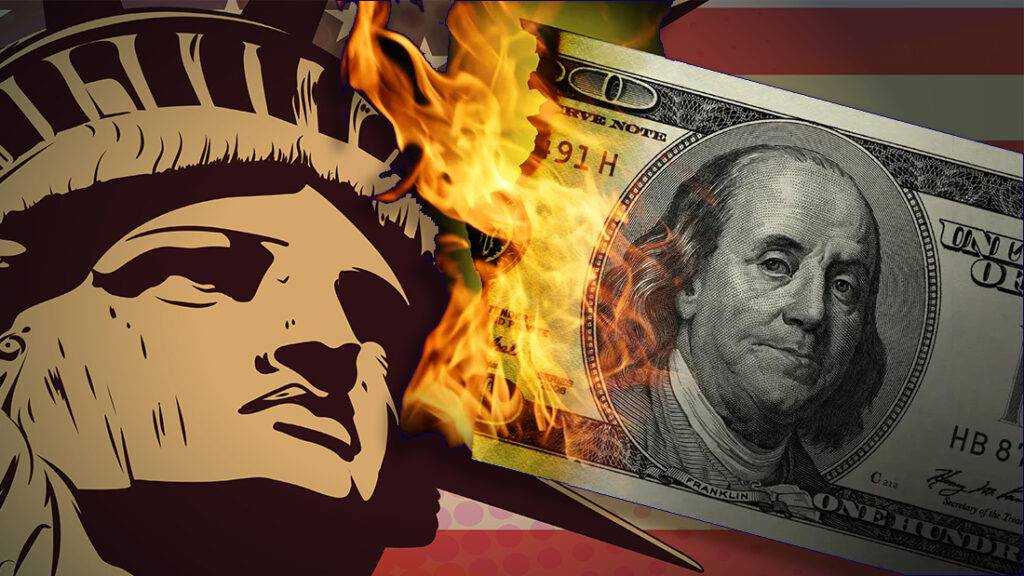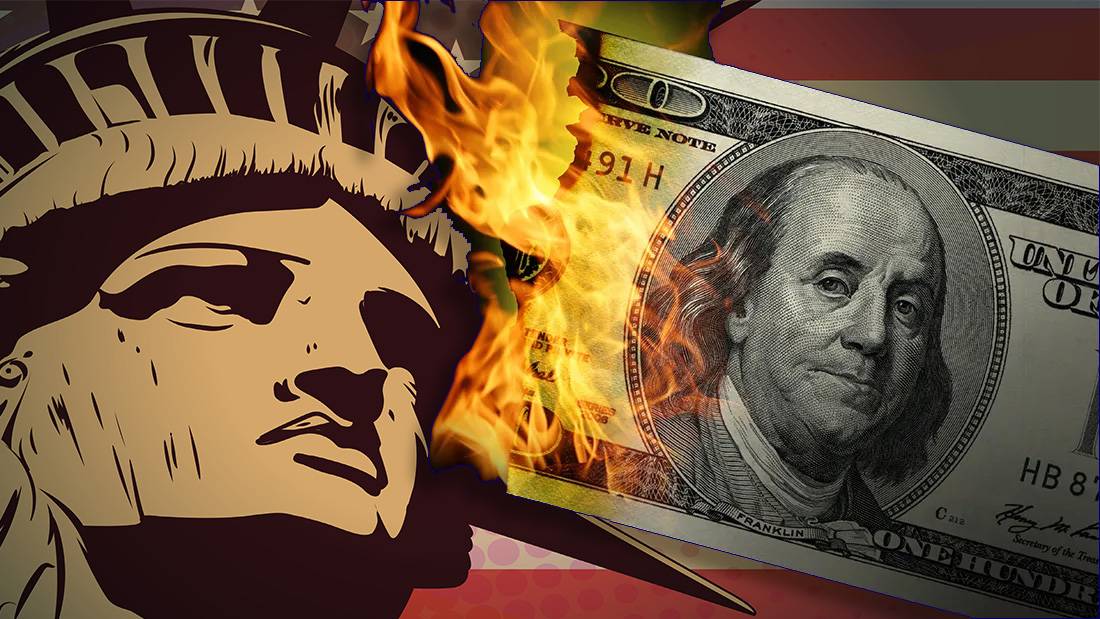
Unveiling the Illusion of the US Dollar’s Value and Our Economy
In a world of headlines and positive news stories, it’s crucial to delve deeper and question the information we’re presented with. This article uncovers the truth behind the US dollar’s current state and sheds light on the smoke screen being created to distract the public. From the manipulation of inflation data to the collapse of the commercial real estate market, there are alarming signs that the US dollar is facing significant challenges.
The Lies and Distractions
The Eurozone Inflation Illusion
The inflation data presented to the public often conveniently omits the volatile costs of energy and food, giving a distorted impression of the actual inflation rate. By focusing on a narrower measure of inflation, policymakers downplay the real impact on everyday consumers.
Core inflation, which excludes energy and food prices, is frequently highlighted to downplay the true extent of inflationary pressures. Ignoring the volatility in these essential costs creates a misleading narrative that masks the real inflationary risks faced by the economy.
The Eurozone’s largest economy, Germany, has been grappling with a recession, which has far-reaching consequences for the stability of the European Central Bank. The decisions made by the ECB to address this recession can have implications for the value and stability of the US dollar’s value.
Employment Numbers and Wage Pressure
On the surface, the employment numbers and decreasing unemployment rates present a positive outlook for the US economy. However, a closer examination reveals that these figures may not accurately reflect the quality of jobs or the level of wage pressure faced by workers.
The notion that inflation is a temporary and transitory phenomenon has led to complacency among policymakers. This misconception downplays the long-term risks of inflation and undermines the urgency to take appropriate measures to address it effectively.
Despite low unemployment rates, wage pressures have remained relatively subdued. This lack of upward pressure on wages can signal economic weakness and may lead to expectations of interest rate cuts as a measure to stimulate the economy.
The Real Problem: US Dollar and Banking System

Shrinking US Dollar Money Supply
The diminishing attractiveness of the US dollar has resulted in capital outflows as investors seek opportunities in other markets. This trend reduces the overall money supply, impacting the value and stability of the US currency.
The increasing debt burden faced by the US government has led to the temptation to inflate the currency to make the debt payments more manageable. While this may provide temporary relief, it poses risks of long-term devaluation and erodes the purchasing power of the US dollar.
A weakening US dollar can be seen as a deliberate strategy to inflate away the massive debt accumulated by the government. This approach carries significant consequences for both domestic and international economic stability.
Collapse of the Commercial Real Estate Market
The uncertainties surrounding the US dollar and the banking system have prompted investors to explore alternative markets. This shift in interest away from the US dollar further weakens the currency and raises concerns about the overall stability of the real estate market.
The collapse of the commercial real estate market brings with it difficulties in securing construction loans and refinancing existing projects. These challenges can have a cascading effect on the broader economy, potentially leading to job losses and financial strain for regional banks and businesses dependent on the commercial real estate sector.
As investors divert their funds from the US dollar and the commercial real estate market, regional banks find themselves in a precarious position. With reduced liquidity and a potential increase in non-performing loans, these banks may face financial crises, further amplifying the fragility of the banking system.
The Path Forward For the US Dollar’s Value
The Impending Bear Market for the US Dollar
The US government’s reliance on inflation as a strategy to manage its mounting debt creates a concerning scenario for the US dollar’s value. As policymakers attempt to ease the debt burden through currency devaluation, it can trigger a bear market for the US dollar, eroding its value and undermining its global standing.
If the Federal Reserve raises interest rates to combat inflation, it can inadvertently contribute to the decline of the US dollar. Higher interest rates may attract foreign capital, but they also increase borrowing costs, potentially stifling economic growth and weakening the currency.
Conclusion
While positive news stories and employment reports may paint a rosy picture, the underlying truth suggests a different reality. The US dollar is facing a precarious future, and the collapse of the commercial real estate market adds to the concerns. It is essential for investors and individuals to dig beyond the surface and understand the systemic problems at hand.
All of this and we haven’t even gotten into the issue with China and the BRICS nations. Yet another force fighting the US dollar’s value.
Let us know your thoughts on this in the comments below.
